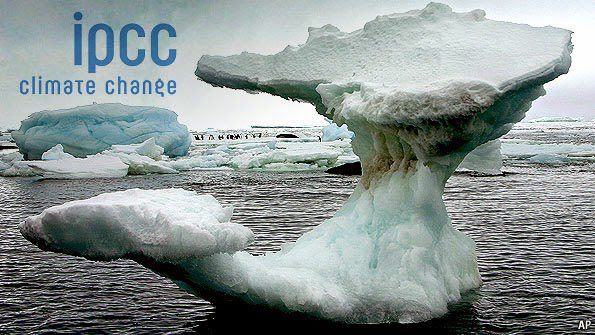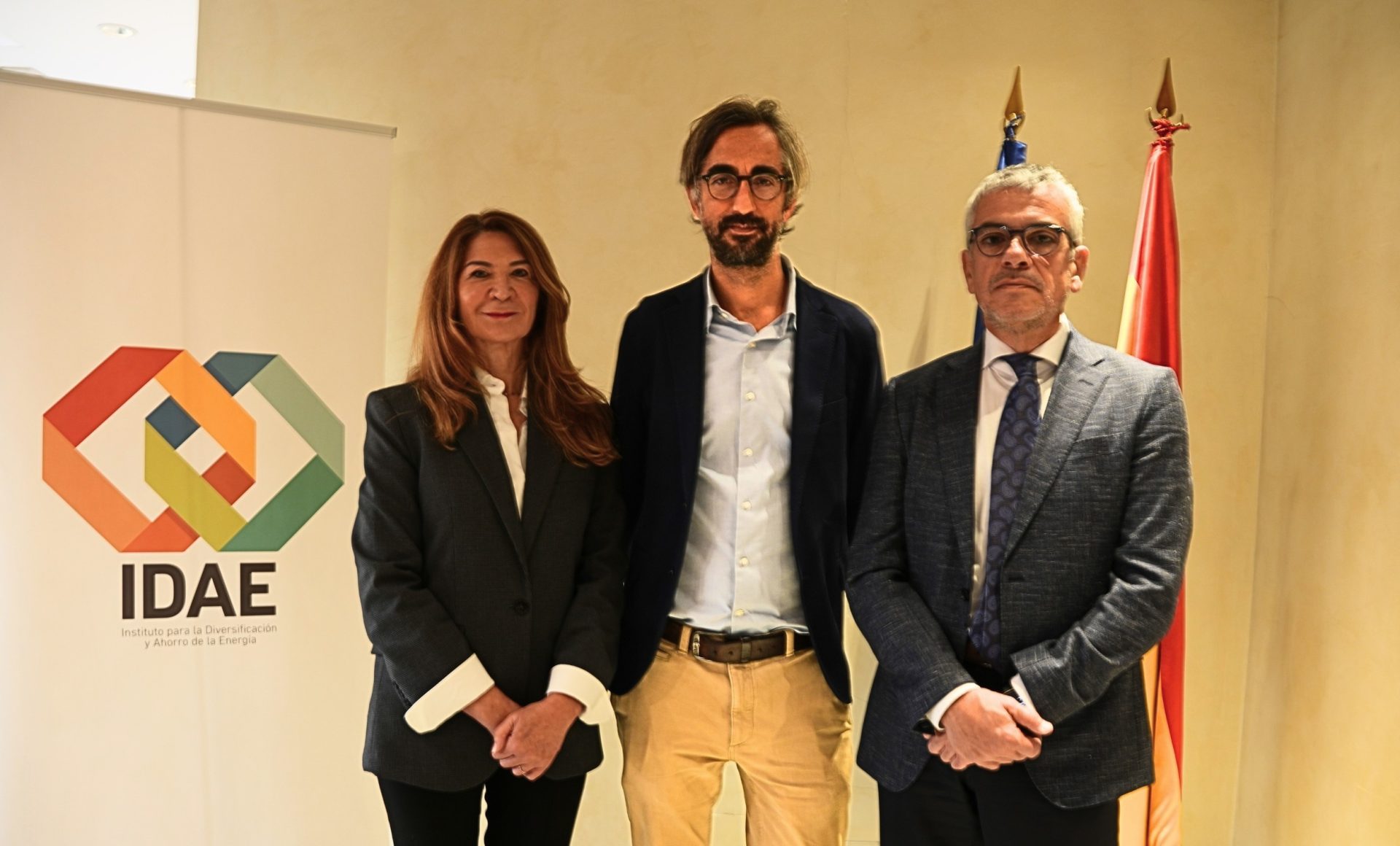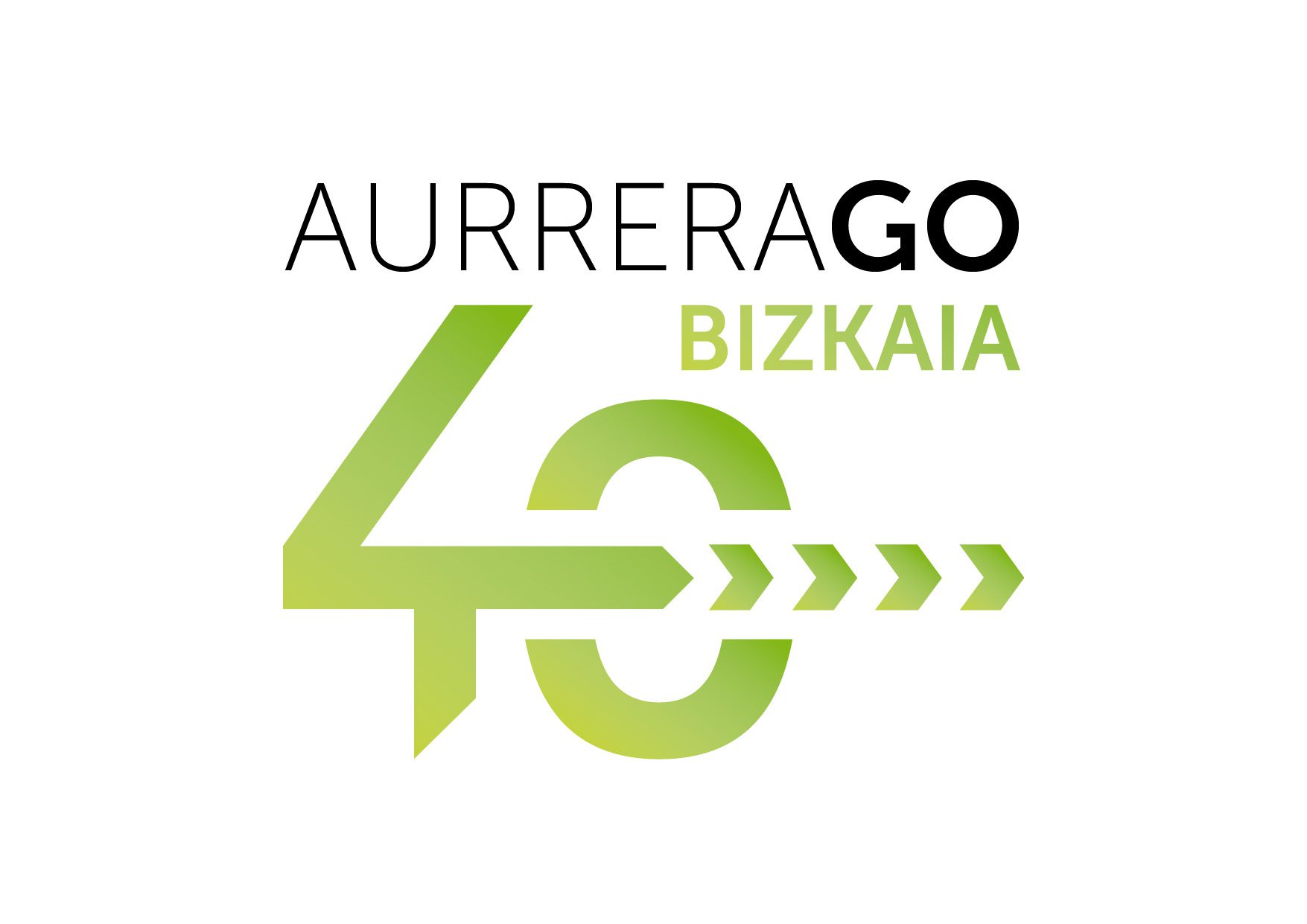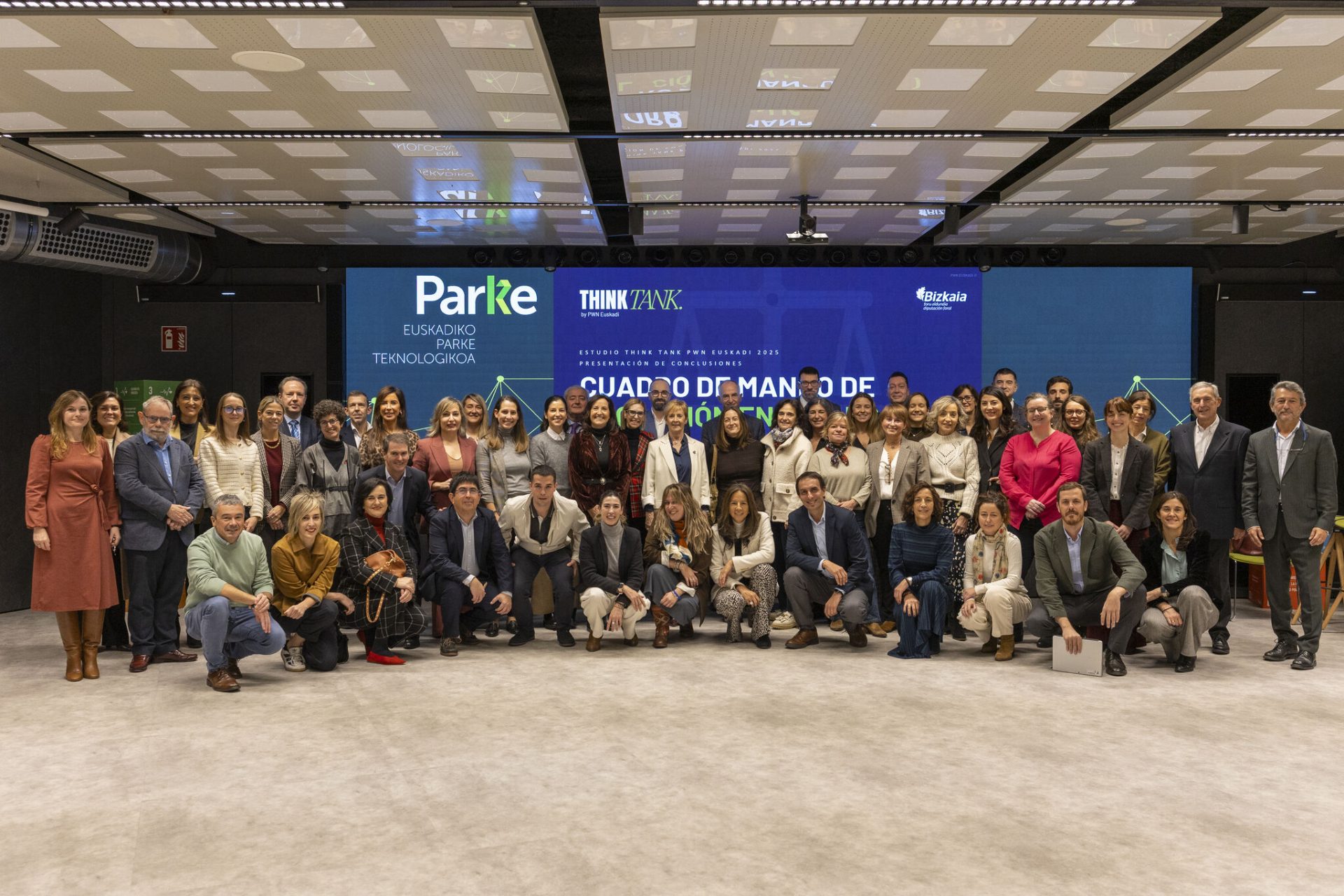How do the evolution of climate policy and technology affect the transformation toward a low-emission future?

The Basque Centre for Climate Change (BC3), in collaboration with other European research entities, has analyzed the influence of these factors on the pathways outlined by the Intergovernmental Panel on Climate Change (IPCC).
The results of the analysis, published in Nature Climate Change, are based on data from the last two assessment reports on the state of global climate change research from the United Nations body, covering a decade of projections.
The Intergovernmental Panel on Climate Change (IPCC) periodically evaluates the state of global climate change research. Its reports are the central source of information for international climate policy, providing objective data on causes and consequences, as well as possible mitigation strategies.
One of the essential components presented in these publications is the greenhouse gas emission pathways. The data included in the last two reports, finalized in 2014 and 2022, served as the basis for an analysis conducted by the Basque Centre for Climate Change (BC3), in collaboration with other European entities, with results published in Nature Climate Change.
Dr. Dirk-Jan Van de Ven of BC3 and other researchers involved in the study examined the evolution and changes in energy and socio-economic systems in climate change mitigation scenarios assessed by the IPCC over a decade. To do so, they compared the scenarios presented in the IPCC’s fifth and sixth assessment reports and also analyzed the special report Global Warming of 1.5°C.
“Our goal was to observe whether factors like policy and technological advancements have influenced the pathways outlined by the IPCC. For example, we found that scenarios without specific climate policies show lower CO2 emission levels over time due to falling costs of low-carbon technologies and reduced economic growth expectations, reducing projected energy demand,” explains the BC3 expert.
On the other hand, ambitious mitigation pathways aligned with a global warming of below 1.5-2°C tend to lean towards greater electrification and a higher share of renewable energy in more recent projections in the sixth assessment report (2022). At the same time, relative to earlier projections in the fifth assessment report (2014), the reliance on coal, nuclear energy, bioenergy, and carbon capture and storage (CCS) has gradually decreased due to changing costs.
“Despite the reduced carbon budget caused by inadequate climate policies, mitigation costs have not increased thanks to more optimistic projections for low-carbon technologies,” adds Van de Ven.
The analysis emphasizes the need for continuous recalibration of models and scenarios to keep pace with technological, political, and social advancements, as well as to maintain political relevance in climate change mitigation.
The article, published on January 3 in Nature Climate Change, was part of the “NDC ASPECTS” and “IAM COMPACT” research projects, funded by the European Union’s Horizon 2020 research program.




